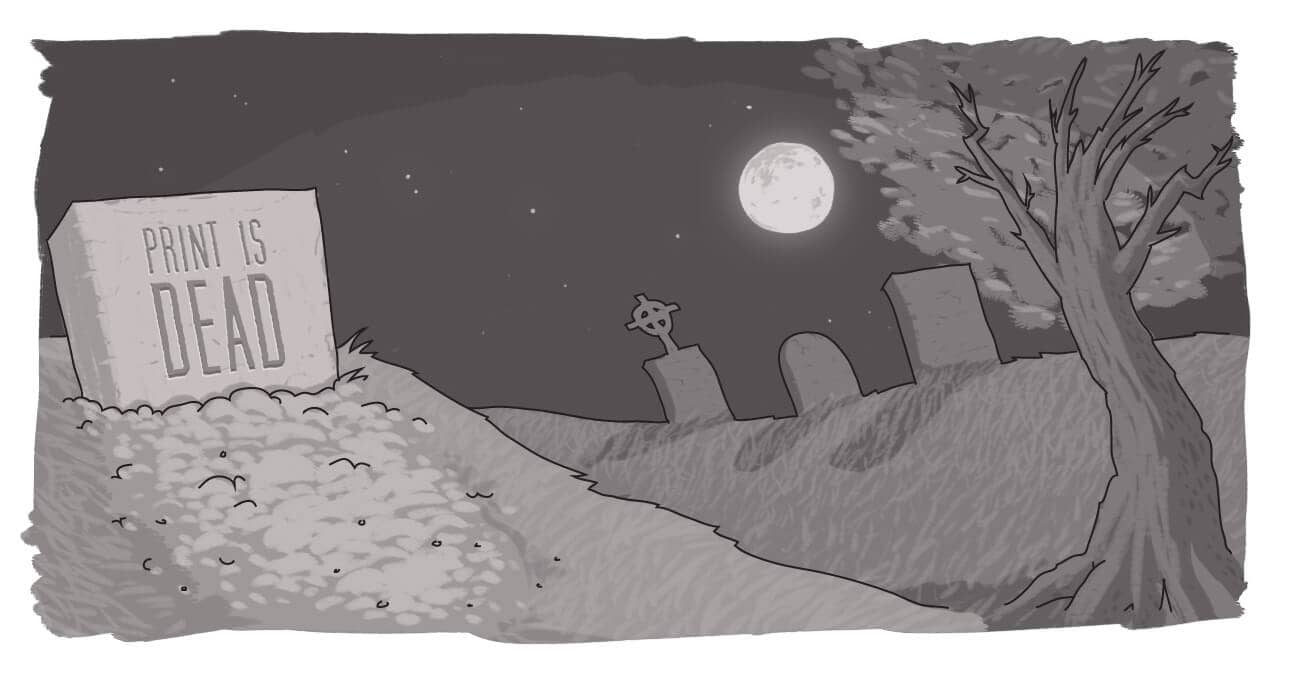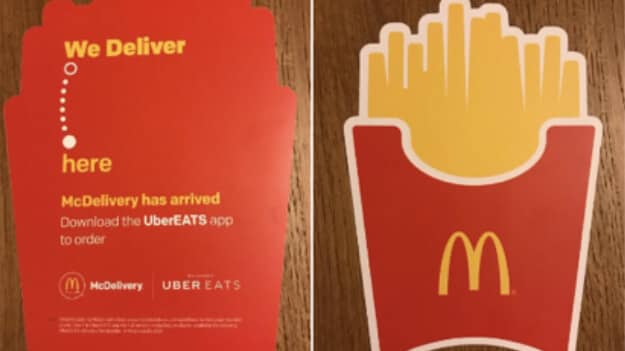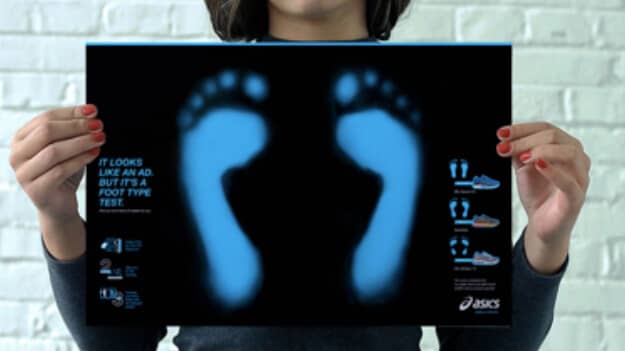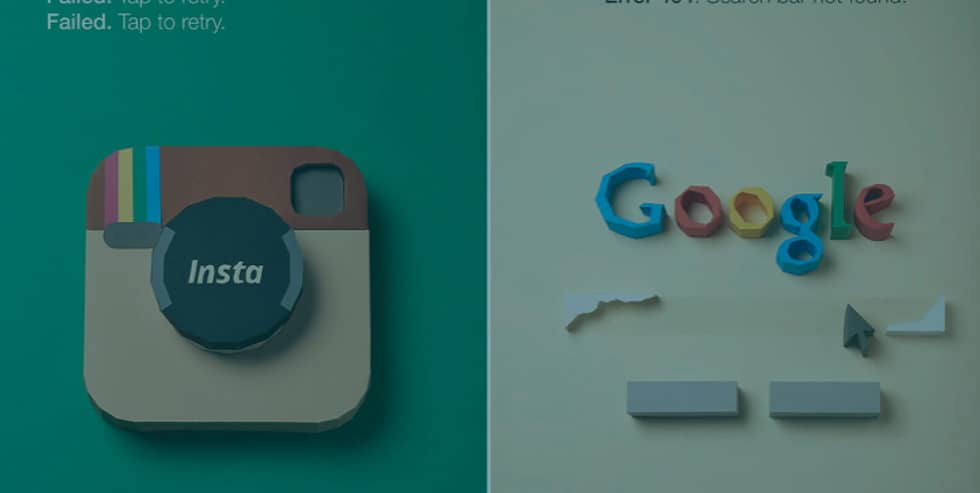It’s 28 years since the internet was invented, and during that time print has been touted to be coming to the end time and again. In my 13 years in the marketing world, print has certainly changed in the way that people are using it, and I do recall people telling me in my junior years that print wasn’t going to last for more than the next five years.
Does this mean it’s going to keep going down until it vanishes from the face of the earth? Is print dead like so many people preach. Certainly not, but it definitely makes up a smaller percentage of most marketing budgets today than it once did, but it’s still there and it still has its place if used correctly and cleverly.
Younger execs definitely prefer digital as it’s what they have grown up with. It’s ever developing and can be interacted with at the touch of a finger, so they’re more likely to gravitate to spending budget in digital. On top of the ease of use, it is also easier to measure and adapt quickly if you find that your messaging isn’t working properly. Print is almost certainly more expensive when you compare price per impressions, and postage will drive up the costs to reach your audience if you’re sending direct mail. But print isn’t just about mass audiences anymore and it can be effective when combining it with other elements of the mix.

Does this mean that we should forget print and move all of our marketing spend over to digital?
It would be easy to decide to move more of your marketing budget over to digital, and ignore print altogether, but I think by doing that you’re missing a trick and here’s why. In the modern era a lot of us get very little physical mail, and we’ve become desensitised to adverts in the digital space – there’s so many of them that we don’t click as much as we used to. In fact, it needs to be from a really trusted sender for us to open an email and take action, such is the fear of cybercrime and security. Simply put, people generally don’t have the same level of trust in digital communications as much as they do in the physical world.
Print can be so much more personal. With the right project and strategy, you can appeal to all the senses. Touch, taste and smell can all be part of your considerations in creative design not to mention including sound and of course, creating visually pleasing design. After all, we are initially drawn in with our eyes but why wouldn’t we consider a richer and deeper experience rather than just being atheistically pleasing or catching user attention with clever animation.
If we receive something in the mail, especially something which is more personalised, or read an advert in the physical sense, we’re actually more likely to take action. This is because there’s more tangible enjoyment from print and physically receiving something that you can’t get from a digital communication. Think how much nicer it feels to get a good birthday card that resonates with you, compared with a simple text message wishing you happy birthday!
Here are some other reasons why print can add value to your marketing:
Millennials respond well to direct mail
Recent studies have suggested that of all age groups, millennials respond well to DM, and they get less of it than non-millennials. The USPS study found that 40% of millennials actually read their direct mail, compared to 17% of non-millennials, and as they don’t get much mail, they look forward to checking for their mail! The study also found that they trust the mail more than something they read online, so bringing your brand to the physical world can break down barriers to access this audience.
If used with a strong call to action to visit a website or download an app this can drive great returns compared to using just digital alone. It’s this combination of the tangible communications and the digital world that drives engagement and maximises the effect of the campaign success.
McDonald’s did this in the UK to launch McDelivery in the summer last year. The familiar packaging design, plus the call to action to download the UberEats app to deliver the food was a great idea.
Check out the USPS study here

Print can do things that digital cannot
A great example from Asics that was backed up with a video campaign in Brazil, was the ‘Foot Type Test’. This looked like an advert, but was printed with Thermochromic ink where the user could stand on the paper and it would react to the heat from their feet and show their foot print on the advert. This was then used to demonstrate the trainer they should by according to their foot type.

They backed it up with a video that you can see here
Would we suggest spending all budgets on print to promote your brand? Of course not. However, the response rates for print when supported with digital are increased, client spend is higher and it can help reach new audiences that would otherwise be harder to attract. Engaging audiences in the physical and digital world is more important than ever, and receiving clever, well thought-out print items has, and always will carry a more personal touch. In an age when brands want to get as personal as possible with their audience print can provide this. Print is not dead.
We’d never recommend going back to the days of mass mailing to a huge faceless audience, but targeted, data driven mailings to the right audiences can really drive a message home.
If you’d like to learn more about how we can build your brand and delight your audience via print, and across digital we’d love to hear from you.
Tell us about your project

Where does print fit in 2018 and can it still benefit us?
Written By Adam Burrage
Managing Partner at Trident







How Can I Use Schema Markup To Improve My Website’s SEO Performance?
Schema Markup is an essential tool for improving the SEO performance of your website. By implementing Schema Markup, you can provide search engines with additional information about your content, making it easier for them to understand and display your website in...

What Are Some Ethical Concerns Around SEO Practices, And How Can I Avoid Unethical Tactics?
In the ever-evolving digital landscape, search engine optimisation (SEO) plays a crucial role in ensuring a website's visibility and success. However, in the pursuit of higher rankings and increased traffic, ethical concerns often arise. SEO professionals need to...








































